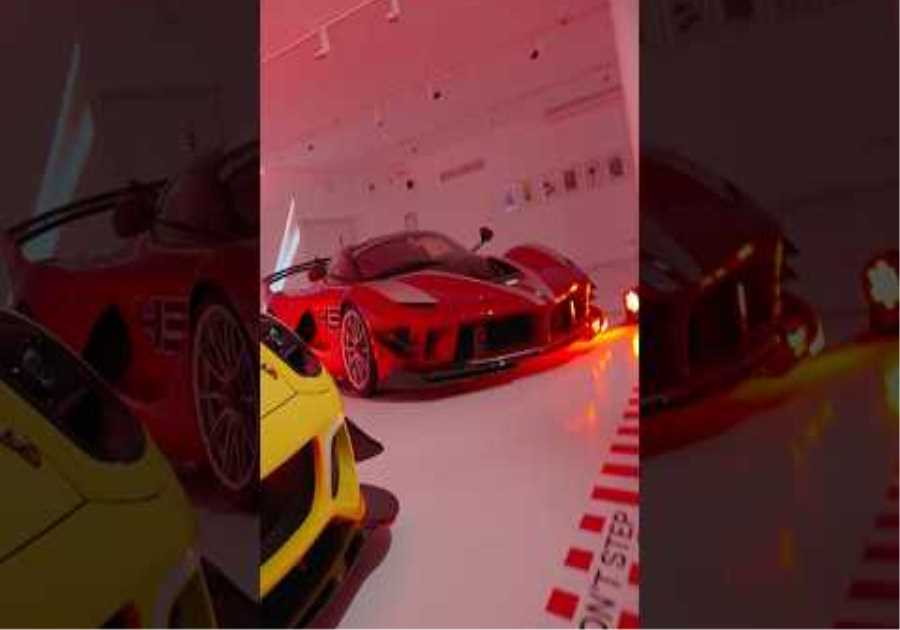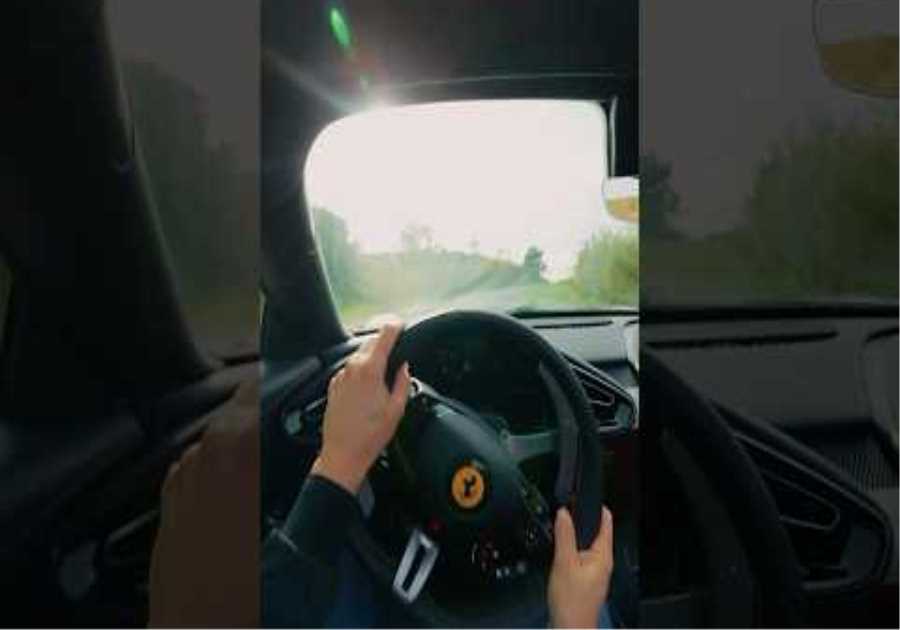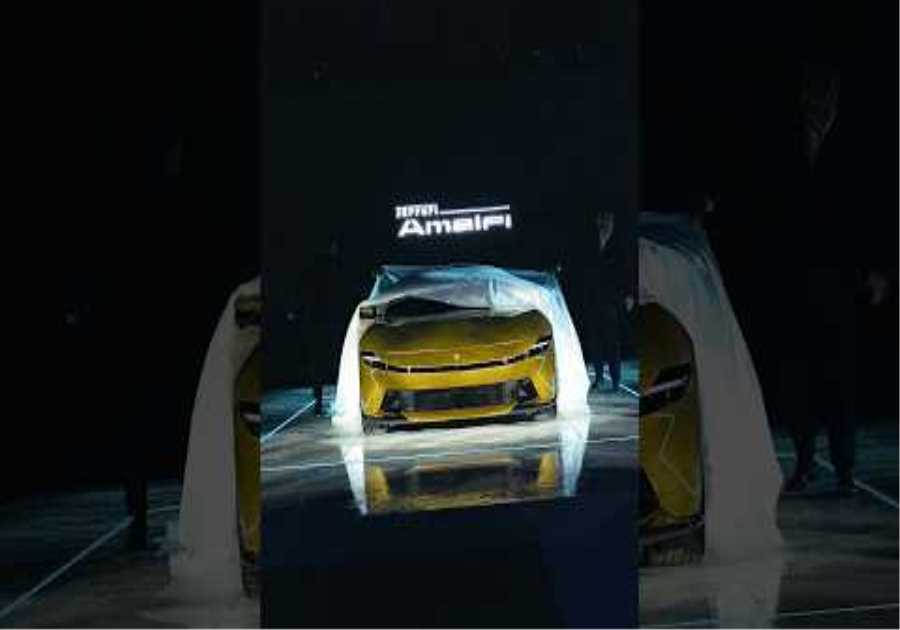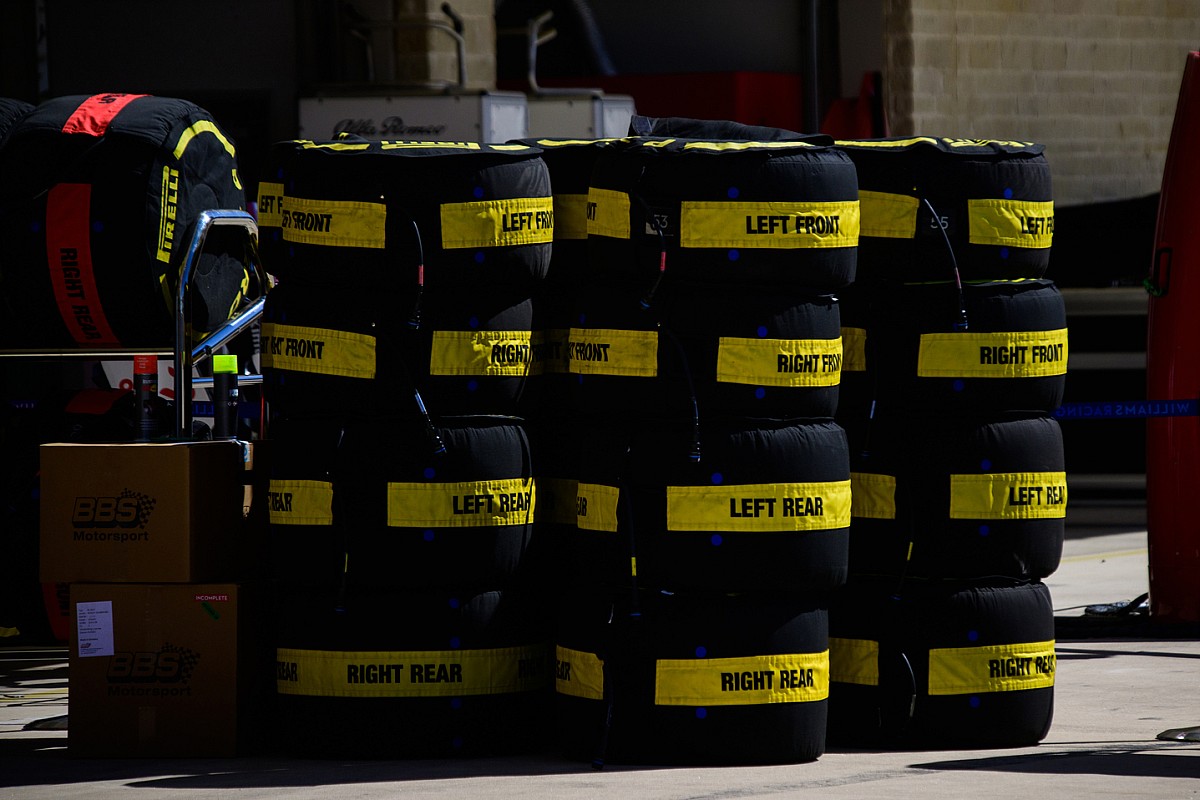
The move has long been planned as part of an additional change for 2024, where tire blanket use is set to be totally abandoned within the championship’s sustainability drive.
But lowering tire blanket temperature alone has proved to be unpopular with the drivers and has been in the headlines in particular since the recent US Grand Prix, where the first of two in-event 2023 tire tests took place, before the second occurred in Mexico last weekend.
Red Bull’s world champion Max Verstappen said the move would lead to “a lot of crashes”, while McLaren’s Lando Norris felt “everyone’s going to shunt their car at some point”.
In response to the driver’s comments after the Austin test, Pirelli conducted an experiment for the Mexico test where the tires were heated in blankets at 70°C but only for two hours and not the usual three, which would have remained the operation for the 50 °C limit being brought in.
Pirelli apparently discovered that this change actually used less energy overall and would soothe the drivers’ concerns at the same time.
Pirelli motorsport boss Mario Isola then explained to Motorsport.com that while for 2024 “the plan is still not to have a blanket, for next year the investigation of our analysis said that if you warm the tires at 70°C for two hours and not three hours, you save more energy than the blankets at 50°C for three hours”.
“Because this is the period of blanket that is using a lot more energy – it’s like the oven at home,” he continued.
“So, if you switch it on, you have a first phase where you go up to the required temperature and then it’s stabilized.
“But to keep the temperature at the level you want, you need to use energy. So, that’s the point.”
Tire heating system, Ferrari F1-75 Charles Leclerc, Carlos Sainz
Photo by: Erik Junius
Isola presented Pirelli’s findings to the drivers in their Mexico City GP post-FP2 regular briefing.
He said that the drivers agreed they would prefer F1 to adopt the approach of heating the tires hotter for a shorter period.
“For me it’s a sensible solution,” said Isola. “As I said, we also save more energy.
“Now, we have to analyze all the data [from the heating approach ahead of the Mexico test] because clearly the test was [only last] Friday and we didn’t have a lot of time to analyze the data.”
“The [rest of the] plan is to find the five compounds we want to homologate for 2023.
“[Then] bring the final version of the tires to Abu Dhabi for the post-season test, so the drivers can test the final range of compounds.
“And to propose a full 2023 strategy of [tyre blanket heating] two hours at 70°C. That’s the plan for the moment.”
It is understood that Pirelli has also presented its 2023 tire blanket idea to the FIA and the F1 organization and has received positive feedback on the new approach rather than lowering the blanket temperature to 50°C.
Isola also suggested that the in-event tire testing conducted in Austin and Mexico could return at certain events next year.
These are useful only for Pirelli getting data on how the compounds it is producing are working, rather than building the specific construction of the tires – that requires longer private test events as cars need their set-ups adjusted to get the right data.
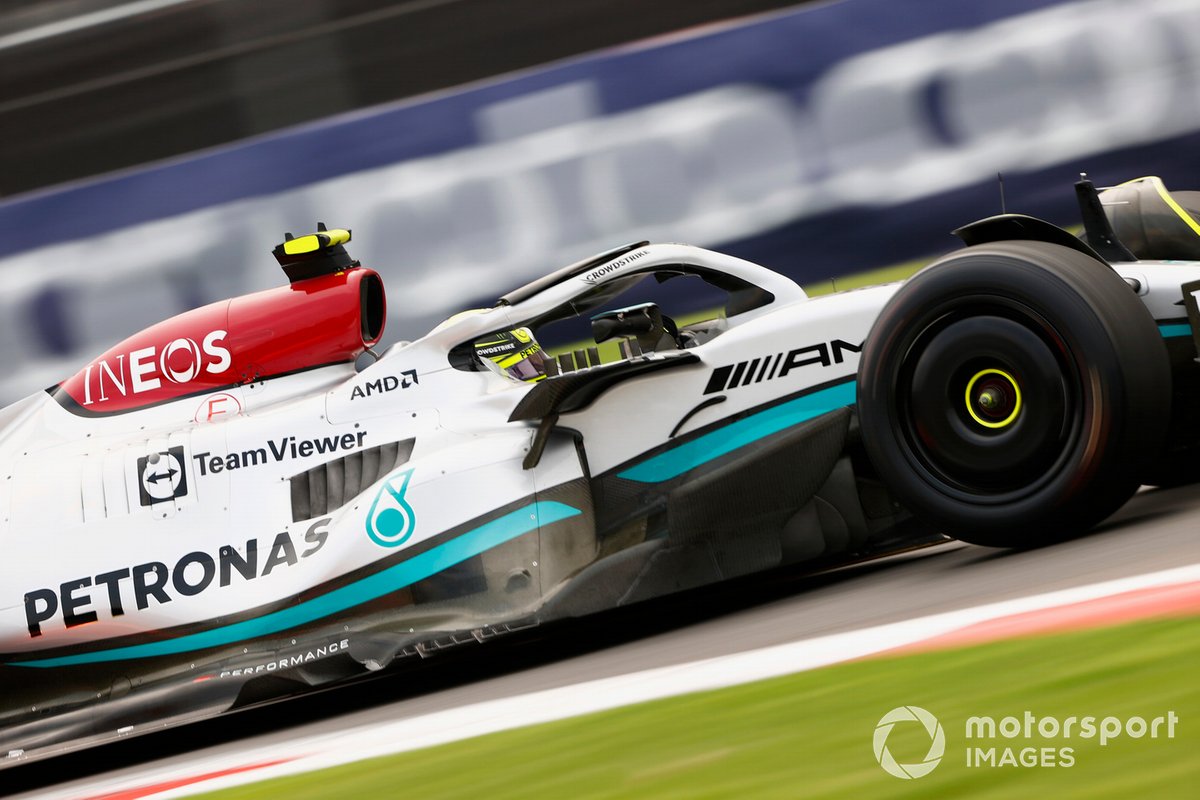
Lewis Hamilton, Mercedes W13
Photo by: Andy Hone / Motorsport Images
“What they call ‘in competition test’ is an option for the future,” said Isola.
“Especially next year, we have 24 races, we have a second part of the season with a lot of overseas events.
“We know how much teams and team personnel are stressed because they have to travel a lot and so on.
“So, if we have this option, we don’t oblige the teams to stay out for another 2-3 days for our tire testing. And we can use this in a second part of the season.”
As the 2024 tire blanket ban plan is remaining at this stage, it would be logical to expect that either Pirelli would have to produce all new tire constructions for that year, or the teams would have to make substantial changes to their designs to improve early- stint tire warm up.
There were suggestions from some engineers that on this factor too the impact of the proposed reduction to 50°C tire blanket heating had only been fully revealed very late in the car design process for 2023, which also added to the opposition to that plan being utilized .

